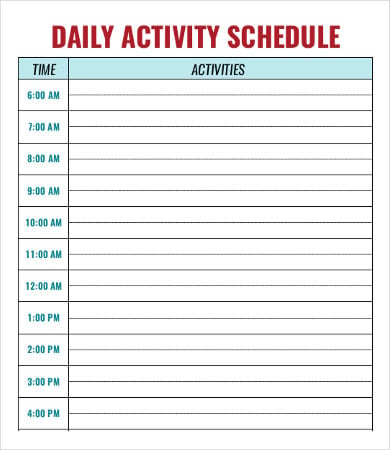
As a player, particularly for GURPS, it is great.

I have used Fantasy Grounds as a GM and as a player. The second is that it be a bit tricky to get everyone's firewalls and ports set up to play, particularly for the GM. One drawback is that it is Java-based and some people have strong feelings about Java on their computer. It is also data-lite so it didn't interfere with Skype during the game (which has happened to our group with Fantasy Grounds). I didn't have to do any work on GameTable or on my computer, for that matter, outside of our sessions. It has a small library of tokens built in. I used it a few years ago for a short dungeon campaign and I could draw simple maps as quickly as I could describe them. GameTable is another very simple virtual table top. That's how I played the Westmarch campaign for 2 years and its working well for Nate Joy's Jade Regent game now. But a picture in a circle lets people know where the orcs are and that's good enough.Ĥ hour game sessions work on-line. Again, you COULD do hyper-realistic top-down tokens, if you want, and had more time that a nine year old who isn't going to camp this summer. RpTool's TokenTool lets you turn any piece of art into a token. I used to treat each map as an art project with lovely tiled corridors and shadowed walls and all, but now I just draw black lines on a white background and can create a new map as fast as I could have drawn in on the table.Īs far as the scheduling problem, early morning US is late afternoon and evening in Europe. Creating maps in it (with automatic vision blocking, even) can be very quick as long as you don't get fancy. I'd really recommend using MapTools over roll20, just because MapTools has decent support for maps and vision. I need to practice running a game by Skype or Google Chat or Google+ Hangout or whatever, and find out what's wrong with how I play for that medium.Īnything else I need to work out, technically, to get a game rolling? And I'd need to find icons for my monsters. While Roll20 was okay in the games I played, but it's not natively friendly to GURPS's "facing changes with steps automatically" approach. Even when we're playing fast-and-loose combats, we put them down. I'm very visual with combat, so we use minis a lot. Does it go straight 20 feet total, the second 10' block has a sharp right? Or the far wall is 10' away? I can't just say "Here is what you see" without prepping my maps for partial reveals, which means scanning. But sometimes I just lay out a room because it's too hard for me to describe or we're just not sure what "it goes 10 feet in and turns right immediately" means to each of us. It would need to be old school - I tell you what you see, you map if you want to. So I couldn't easily shove them into Roll20 or something. My maps are on tiny gridded home-printed graph paper. Which means I need to assemble them into one place. I'd really need to list them out so people don't find them out at awkward times. I also use a limited set of the standard rules, which I'd need to delineate.

I use rather a lot of house rules, if only little ones we'd made and keep going with. 2-3 is more reasonable for online, but then how do I do "enter the dungeon, leave the dungeon same session" for episodic play? I may need to relegate all non-dungeoneering stuff to email before or after game. So I'm a bit geared to 7-9 hour sessions. My sessions are generally a small number of times a year (we've been playing since 2011, and we've had 31 sessions total) but long. So I need to work out when I can run game.
Maptool for two hour wargames free#
So while I have free time, sometimes a lot, it's not regular and not terribly convenient for other people.

Biggest obstacle first - I work early mornings, and I work a lot of nights. This isn't meant as a list of excuses, as much as a to-do list. Or at least the things I need to deal with. I'd really like to run my DF game online, so I'm trying to figure out the obstacles in my way.


 0 kommentar(er)
0 kommentar(er)
